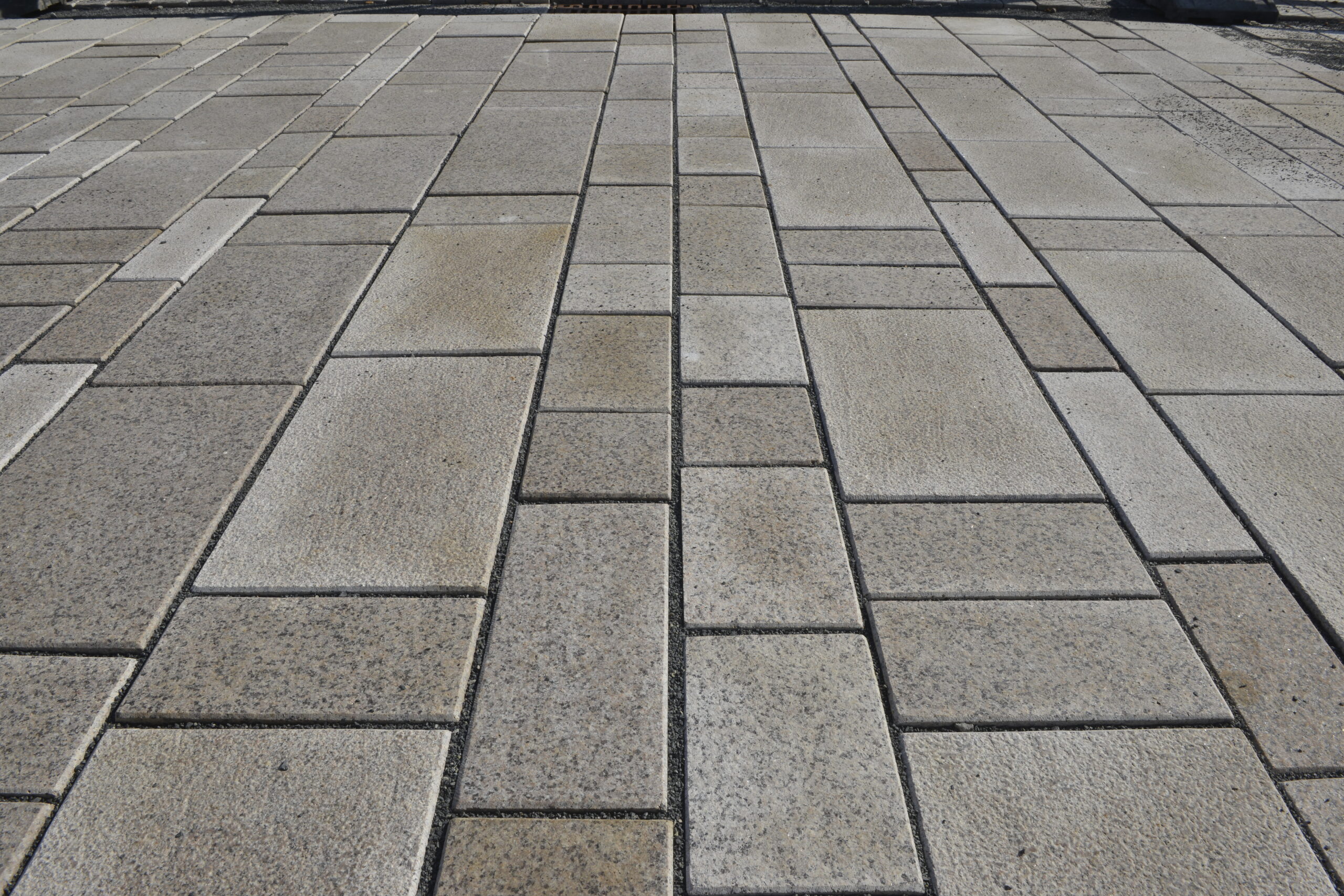
Determination of resistance to wear according to DIN EN 14157:2017
reading time - 5 minINFO Series: Natural Stone Testing

An important property of natural stone, used as tiles, floor slabs, or stair coverings, is its resistance to wear. Testing for wear resistance is crucial to determine whether the material can withstand continuous exposure to foot traffic or other forms of stress and to assess the longevity of the natural stone. These conclusions can be drawn through testing according to DIN EN 14157:2017, which provides two methods to demonstrate these properties.
Here, Procedure A is described, which involves the wear test with a wide grinding wheel, where the surface is abraded using abrasive material. For this test, six dry test bodies are used, each with a minimum size of 100 x 70 mm and the desired surface. Immediately before the test, the surface of the test bodies is cleaned with a stiff brush and coated with a surface dye (e.g., wax crayon or permanent marker) to facilitate later measurement.
The test specimen (1) is to be placed on the carriage (2) of the standardized wear machine such that the grinding wheel (3), with a diameter of 200 ± 1 mm and a width of 70 ± 1 mm, is positioned at least 15 mm away from all edges of the specimen and the abrasive material can flow freely into the collection container (4) during the test. The carriage is then equipped with a weight (5) of 14 ± 0.01 kg to exert a uniform pressure on the specimen towards the grinding wheel. The abrasive material supply (6) from the supply container (7) is to be opened at the start of the test, and at the same time, the motor is to be started so that the wide grinding wheel completes 75 rotations within a time of 60 ± 3 seconds. During the test, it is visually checked to ensure that the flow of abrasive material is even, preventing any deformation of the grinding trace (groove). After completing the 75 rotations, the abrasive material supply is to be closed, and the motor is to be stopped.
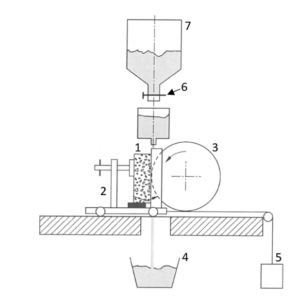
Whenever possible, two grinding cycles should be performed on each test specimen. Afterward, the test specimen should be removed and placed under a magnifying glass for better identification of the wear marks. A steel ruler is then placed along the longitudinal outer edges (L₁ and L₂) of the groove, and the outlines are traced with a pencil. First, the centerline (A/B) is drawn at the center of the grinding groove, perpendicular to the two outer edges L₁ and L₂. The measuring tips of a caliper are placed along this centerline, and the distance from the inner sides of lines L₁ and L₂ is measured to an accuracy of ±0.1 mm.
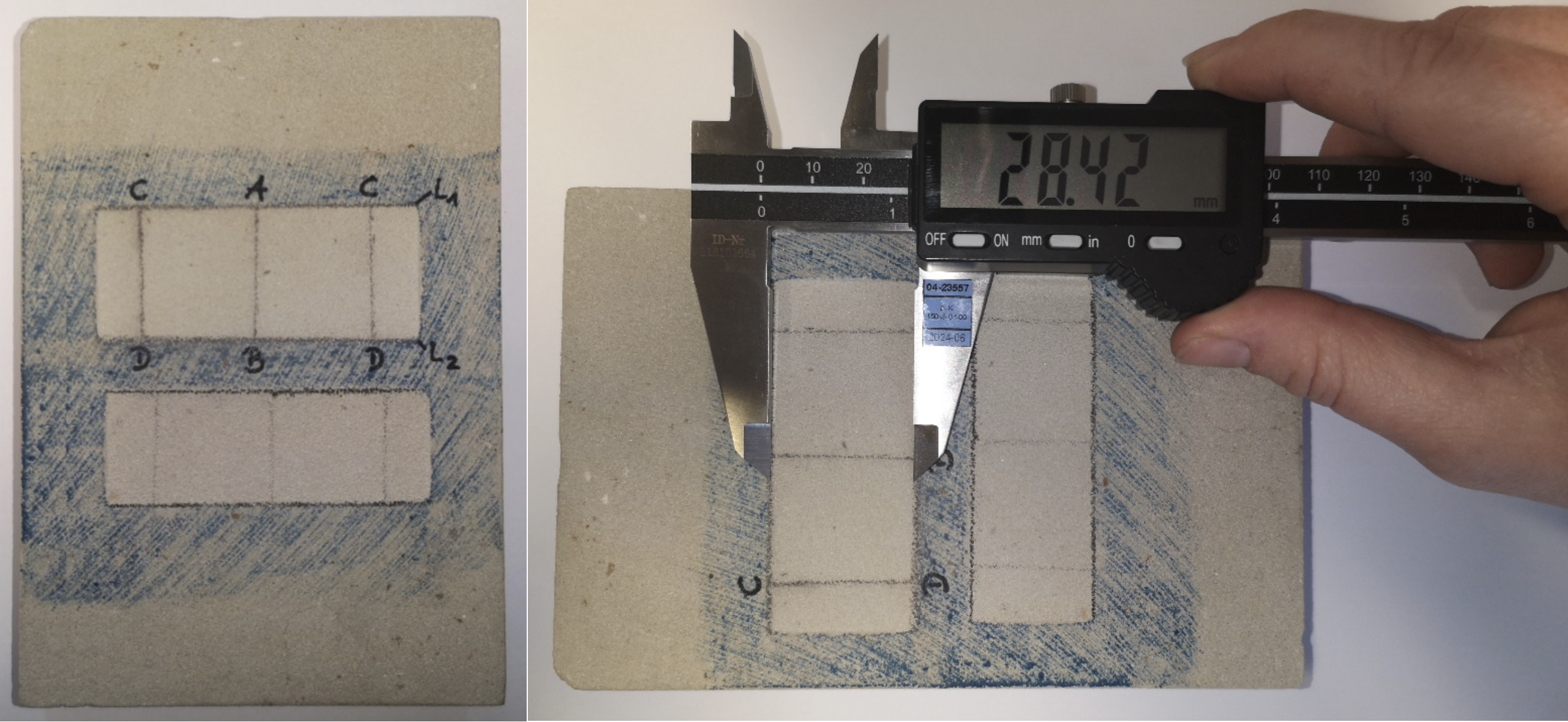
Two additional measurements must be taken at a distance of 10 ± 1 mm from the two ends of the groove (C/D), ensuring that three readings can be recorded.
The test result is determined from the values obtained and a calibration factor. This factor is determined during the calibration of the testing equipment against “Boulogne marble.”
The final test result is provided to the nearest 0.5 mm.
In contrast to precast concrete elements, no classification is made for natural stones based on the test results. The test either serves as an initial test to determine the characteristic value for the declaration of performance or as a control test to verify the value.
If you have any further questions or need information specific to your project, please feel free to contact us anytime via our contact form or send us a message at mail@besco-gmbh.de. We will get back to you promptly.
Also, take a look at past sections of natural stone testing and learn more about the tests for water absorption, bending strength, and compressive strength. More exciting content awaits you in upcoming posts in the INFO Series: Natural Stone Testing.
We would be happy to inform you about the latest
topics and innovations relating to natural stone.
ARTICLES ABOUT THIS TOPIC

reading time – 8 min

reading time – 5 min

reading time – 4 min

reading time – 3 min
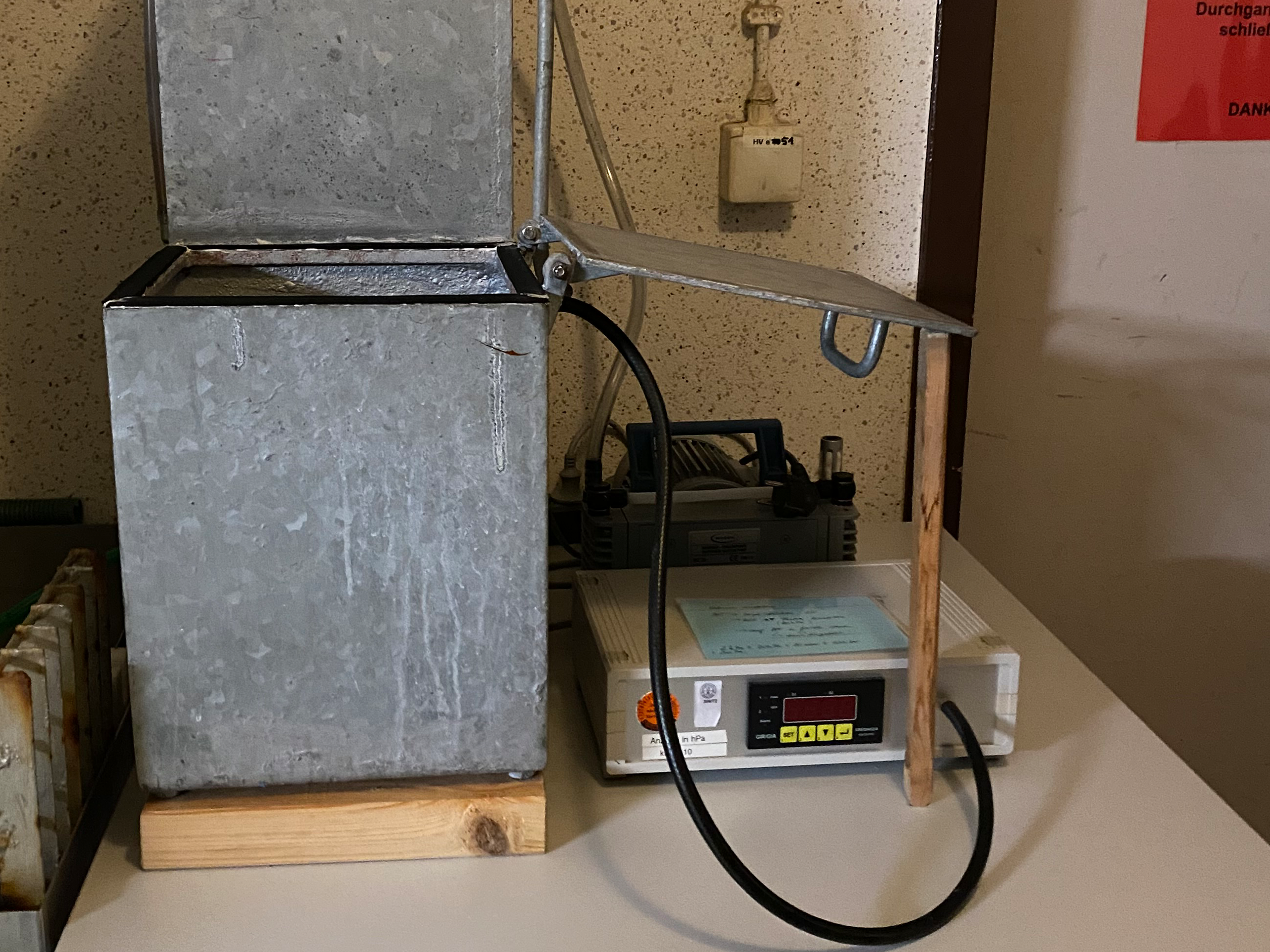
reading time – 5 min
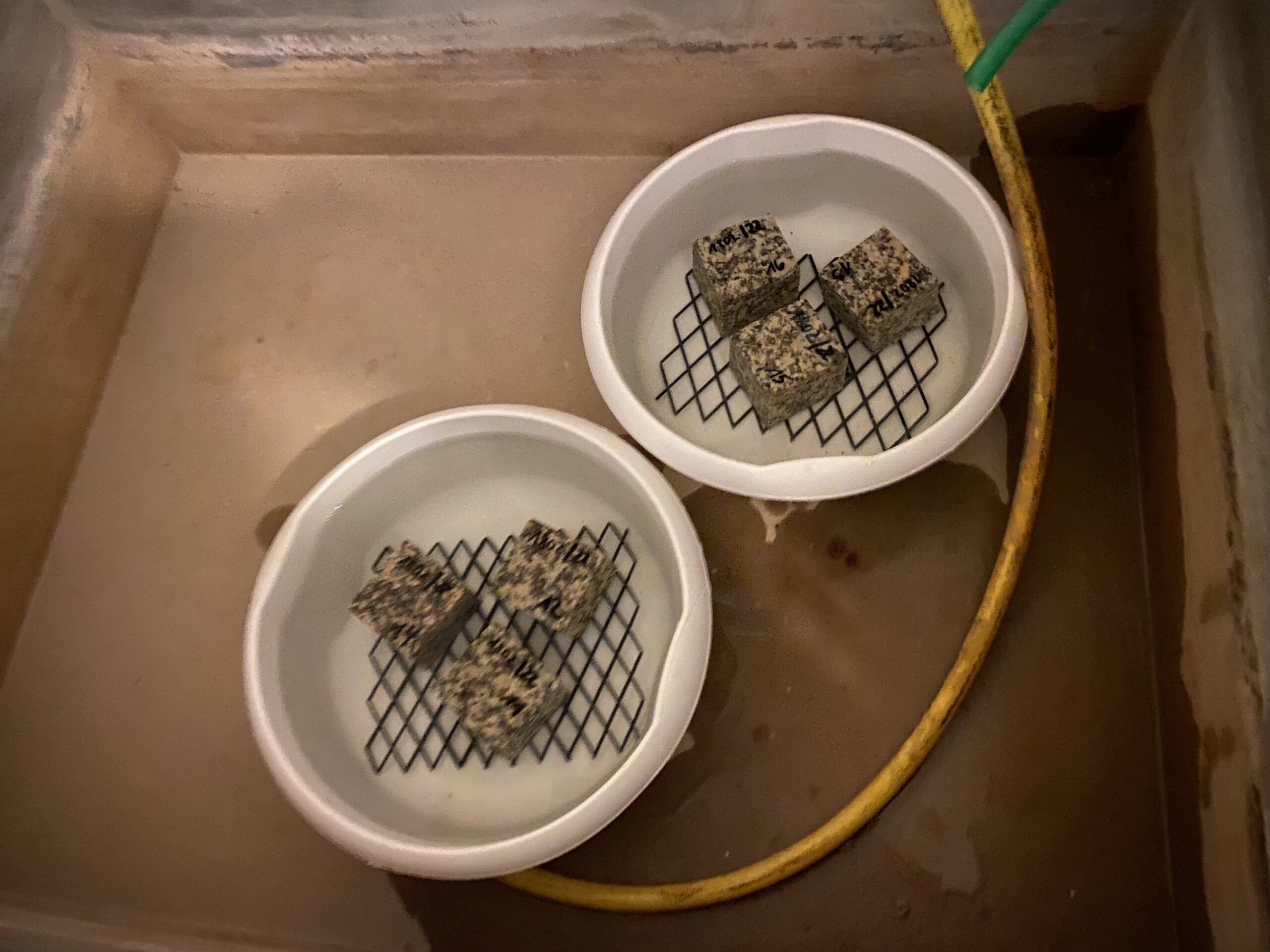
reading time – 5 min
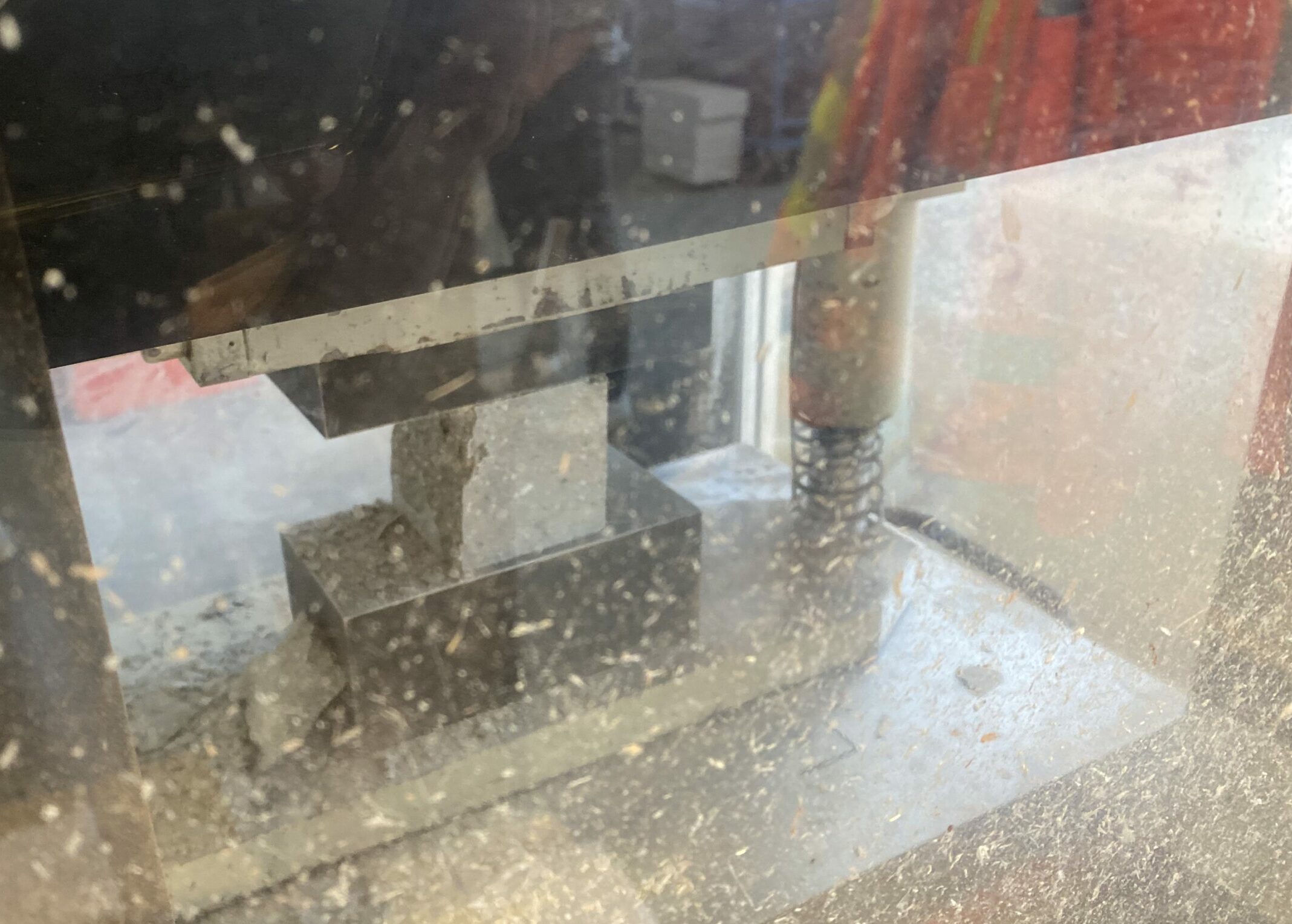
reading time – 4 min
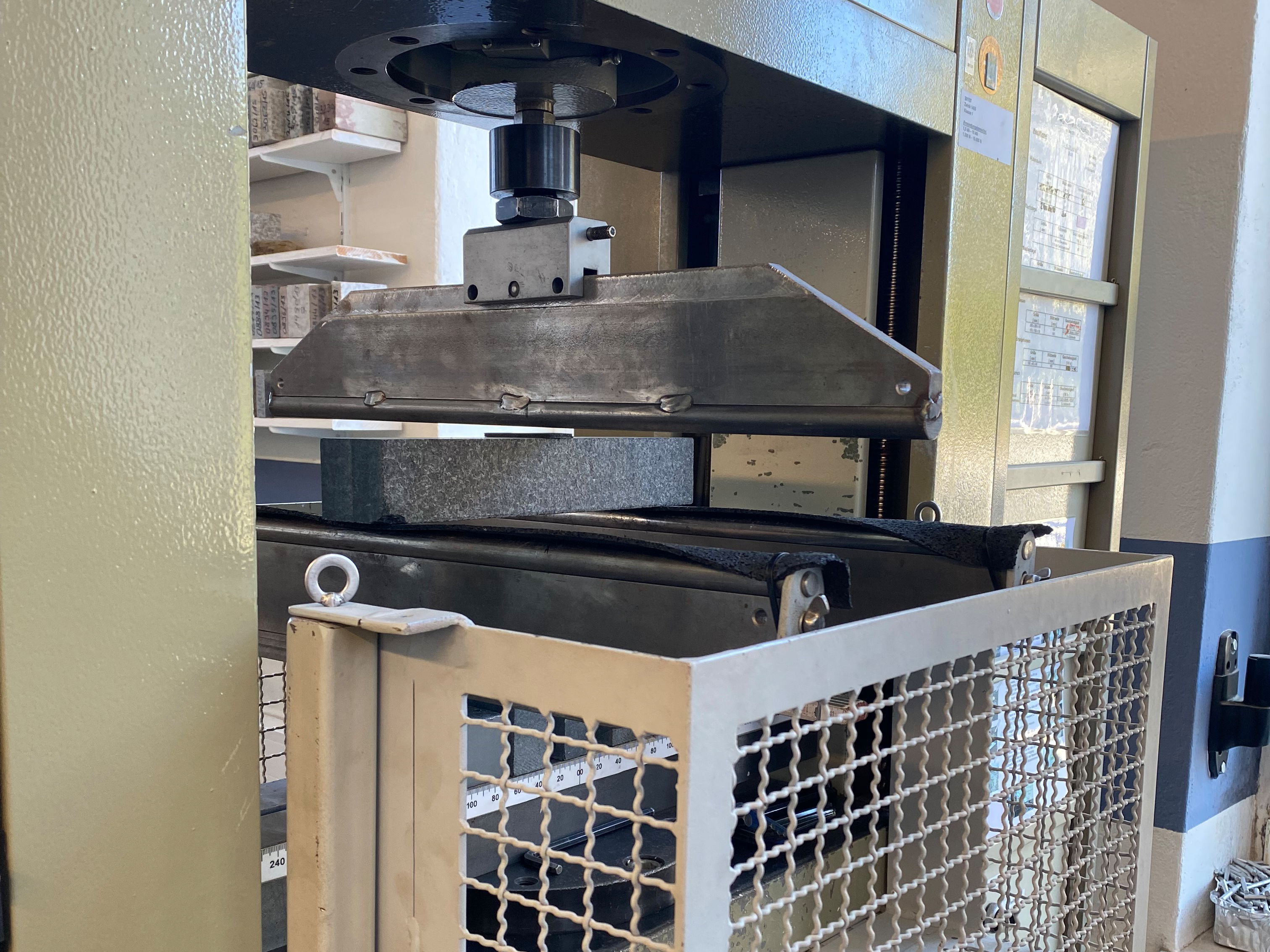
reading time – 4 min
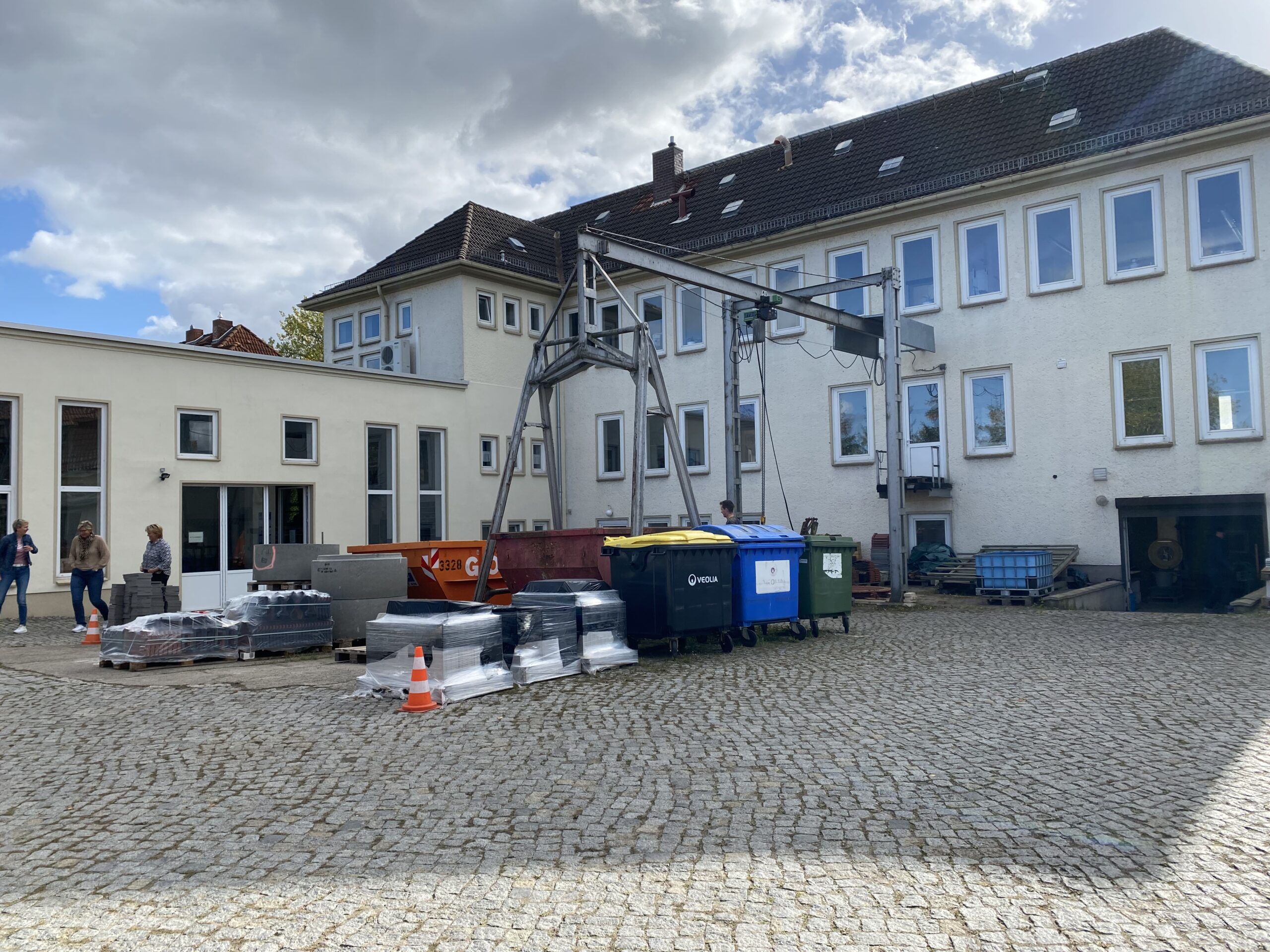
reading time – 2 min
